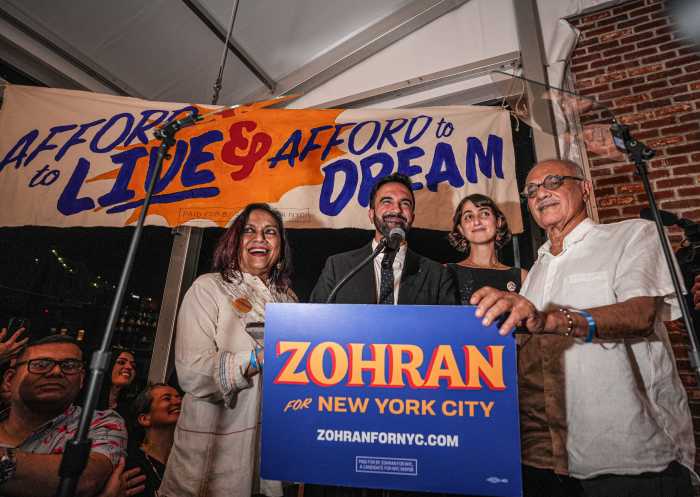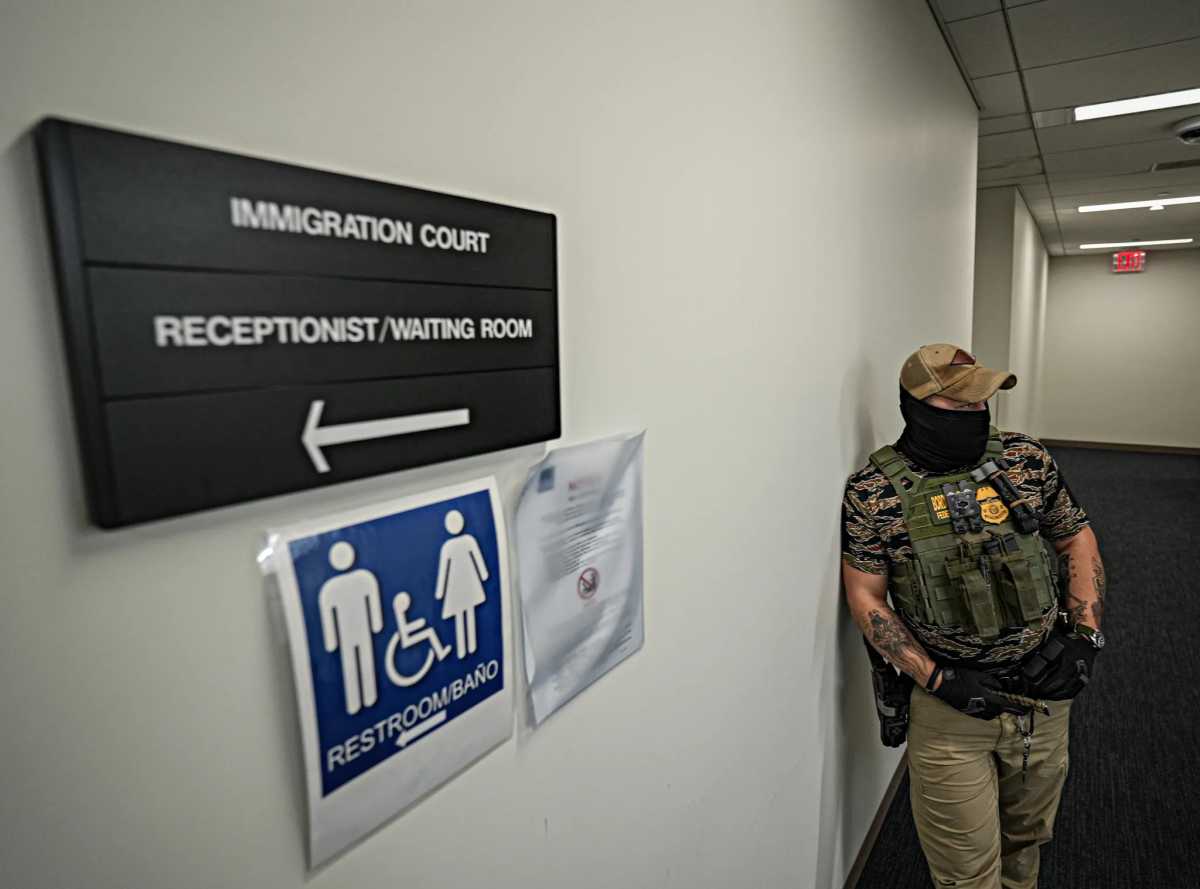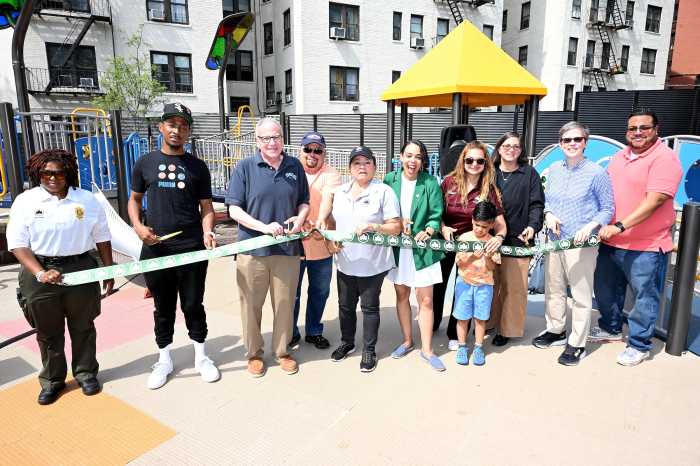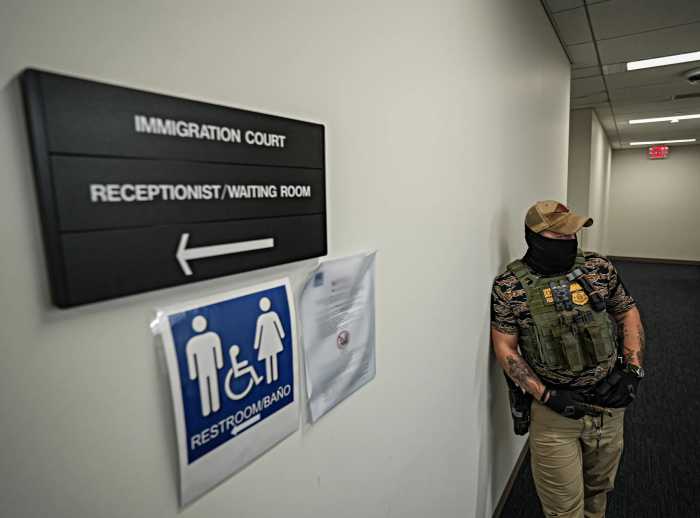
When it comes to the lottery, they say, you’ve got to be in it to win it.
Now, it’s a bit easier for New Yorkers to be in what are among the city’s most important lotteries — those for new affordable housing. But with far fewer units than people who need housing, it still might be incredibly hard to win.
Mayor Bill de Blasio this week announced rule changes that will allow more of the hundreds of thousands of low- to moderate-income city residents who qualify for affordable housing to enter the lotteries.
Previously, applicants could have been rejected solely based on their credit scores or on whether they ended up in housing court. Now, applicants with a low credit score can be rejected only if they also don’t meet other financial stability guidelines, and only those with multiple recent landlord-tenant actions can be refused. In addition, home visits, which used to be part of some lotteries, are no longer allowed. Additional changes could make the process more accessible, and easier to understand and complete.
Such changes could produce more standard, less subjective criteria for participants. It’s unclear how many people will be affected by the changes, but advocates say this will open affordable housing lotteries to more low-income and minority residents, particularly immigrants, and especially those who are fighting an eviction, or accumulating credit card debt, as they try to get back on their feet.
Widening the lottery field might also give us a better idea of the true extent of the tremendous need across the city. Earlier this year, more than 56,000 people entered a lottery for 86 affordable units near the Gowanus Canal. Perhaps those numbers would run even higher if more low-income New Yorkers thought they’d now qualify.
And that underlines the far larger problem: Loosening the rules, making lotteries more accessible and understanding the need won’t make a difference if the city can’t make a dent in the demand. Without a continued push for more affordable housing across the city, and without stronger support from local residents, community boards and City Council members as individual projects come up, thousands of New Yorkers will be in it — but they’ll lose.





























